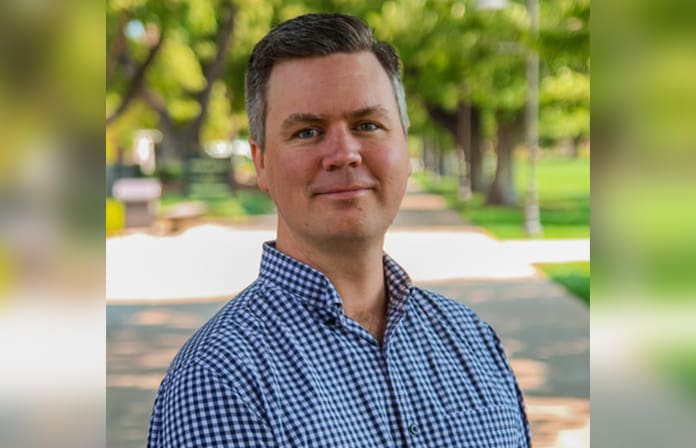January 30, 2024
The University of Montana Western Environmental Sciences Department is proud to host Utah State Assistant Professor, Dr. Don Penman, as part of the “On the Rocks” lecture series. Dr. Penman will be presenting “Carbon and Silica Cycle Coupling During Cenozoic Warm Periods” on Wednesday, February 14, at 3:45 p.m. in UMW’s Block Hall room 311.

Dr. Don Penman holds a bachelor’s degree in Geology from Carleton College, and a Ph.D. from UC Santa Cruz where he studied the carbonate chemistry response to the Paleocene-Eocene Thermal Maximum with advisor Dr. James Zachos. He subsequently became a postdoctoral fellow at Yale University and in 2020 joined the Department of Geosciences at Utah State University as an Assistant Professor. Dr. Penman has sailed on three IODP expeditions as shipboard scientist (342, 371, and 392). His research uses the deep-sea sedimentary record to probe interactions between climate and geochemical cycling during ancient Earth System perturbations.
Presentation Abstract:
“Our current understanding of the long-term carbon cycle holds that Earth’s climate is stabilized by a negative feedback involving the consumption of atmospheric carbon dioxide by the chemical weathering of silicate minerals. This theory posits that silicate weathering responds to climate: when atmospheric pCO2 and surface temperatures rise, chemical weathering accelerates, consuming more atmospheric CO2 and cooling global climate; when pCO2 falls, weathering fluxes decrease, permitting buildup of CO2 and consequent warming. The role that this feedback plays in climate and the carbon cycle has received significant attention, but the implications for the marine silica cycle are relatively less well-studied.
Since the release of dissolved silica from chemical weathering reactions is the main input of silica into the oceans, variations in silicate weathering rate in response to trends and perturbations in climate and the carbon cycle must lead to a dynamic marine silica cycle. This inexorably couples the silica cycle to the carbon cycle and global climate. Due to the relatively short residence time of dissolved silica in the oceans, silica burial rates must respond to climate as well. 60 years of deep-sea scientific drilling present the opportunity to probe this dynamic carbon-silica cycle coupling through records of silica burial rates and novel proxies constraining various aspects of the marine silica cycle. In particular, I will present results from recent IODP drilling expeditions to explore the marine silica cycle response to two contrasting Cenozoic warming events: the Paleocene-Eocene Thermal Maximum (PETM, 56 million years ago) and the Middle Eocene Climatic Optimum (MECO, 40 million years ago).”
This presentation is free and open to public. For more information, please contact UMW Assistant Professor of Environmental Geophysics, Dr. Neil Foley: [email protected] or 406-683-7366.